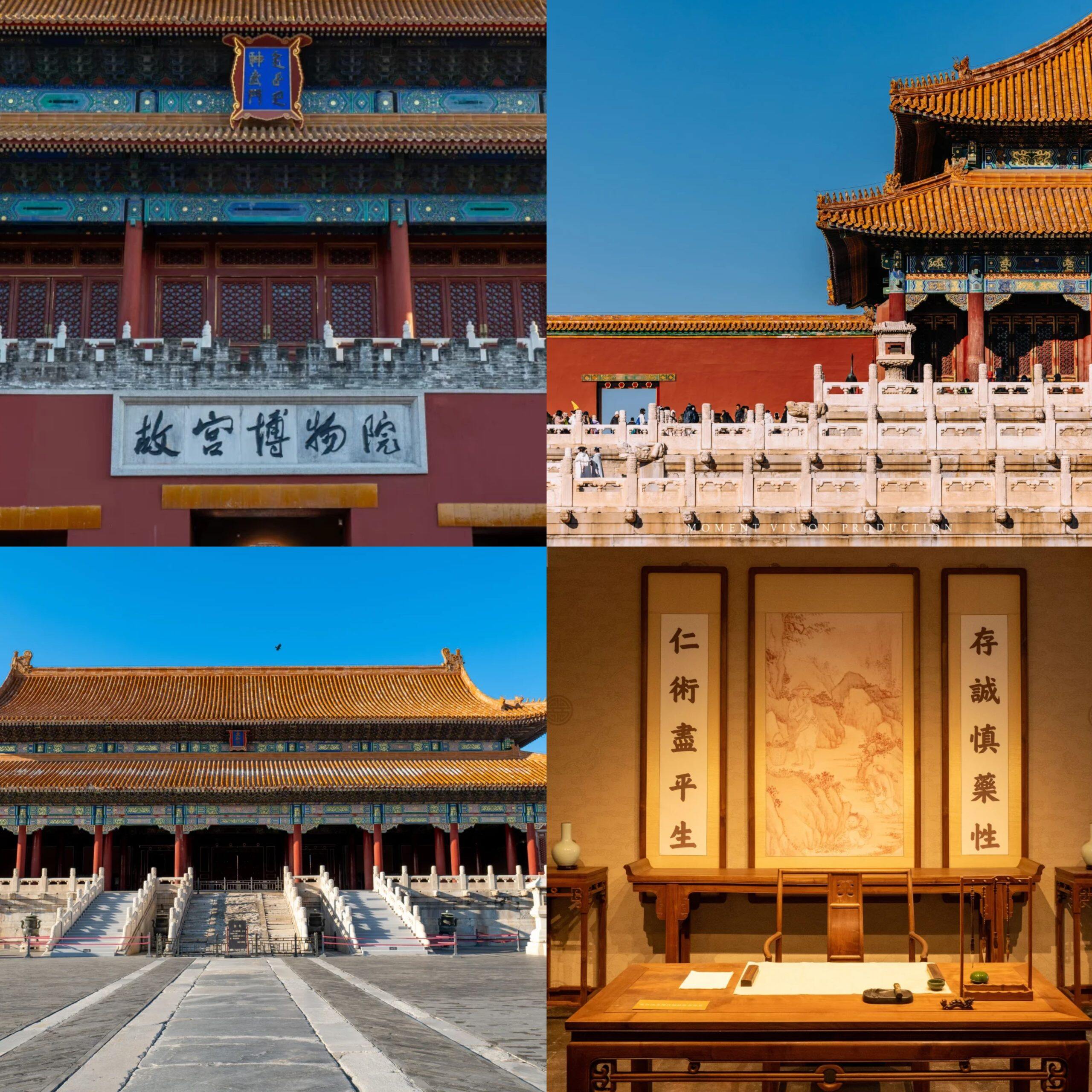Hello, I’m Mike Wang, a China travel expert with over 20 years of experience. During these two decades, I’ve traveled extensively around the world. Next, we’ll explore the history and cultural heritage of the Palace Museum. From imperial past events to architectural wisdom, from precious cultural relics to traditional rituals, we’ll help you understand the thousand-year story of this imperial palace.
Introduction
The Palace Museum stands in central Beijing, in China. Its history is long and rich. Built in 1420, it served as the imperial palace for 500 years, housing 24 emperors from the Ming to Qing dynasties. It’s large: 720,000 square meters with 9,800 rooms. Important events happened here. Emperors made big decisions in the Hall of Supreme Harmony. Weddings and ceremonies took place in its grand halls.Over time, it saw wars, changes of power, and the end of imperial rule in 1912. Now a museum, it holds millions of old objects, telling stories of China’s past.
In China, few places carry as much history as the Palace Museum. It’s a window into the country’s imperial era.
Tickets & Opening Hours
Tickets: 60 RMB (~8.3 USD) peak season (April–October); 40 RMB (~5.5 USD) off-season (November–March). Free for kids under 1.4m. Must book online 7 days in advance via the official website or WeChat mini-program “Palace Museum”. No on-site ticket sales.
Payment for tickets: Alipay, WeChat Pay, or international credit cards (Visa, Mastercard) on the official booking platform.
Opening Hours: 8:30 am–5 pm (last entry 4 pm) April–October; 8:30 am–4:30 pm (last entry 3:30 pm) November–March. Closed every Monday (except public holidays and July–August).
Main Scenic Areas & Attractions
Hall of Supreme Harmony
The largest and most important hall. Built in 1420, it was where emperors held grand ceremonies like coronations and weddings. The throne inside is made of gold, symbolizing imperial power. It burned down 3 times and was last rebuilt in 1695.
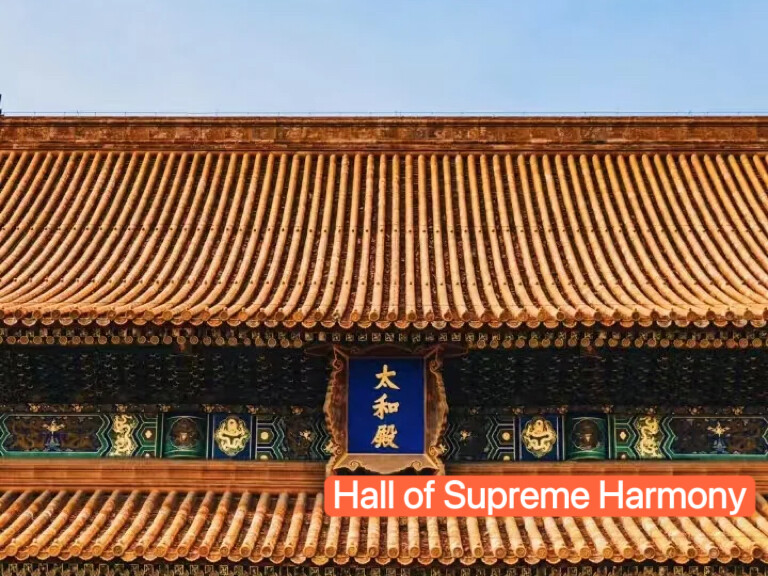
Palace of Heavenly Purity
Served as the emperor’s bedroom in the Ming Dynasty. In the Qing Dynasty, emperors used it to meet officials. The famous “Jade Seal of the Empire” was kept here, representing the right to rule.
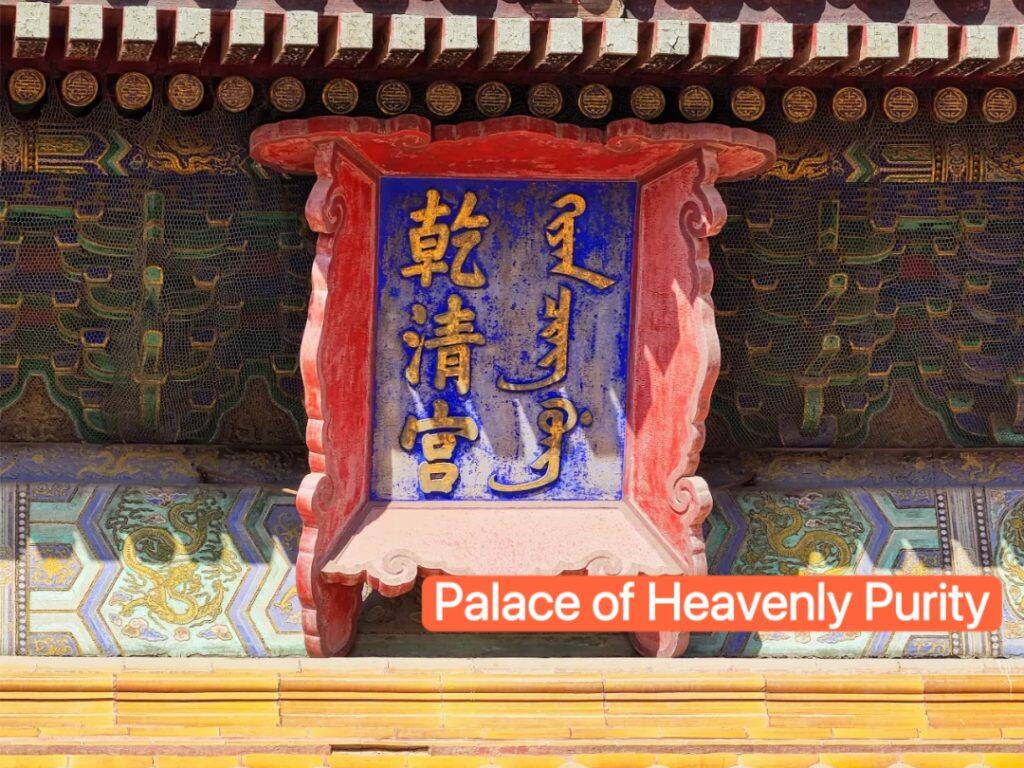
Hall of Preserving Harmony
Used for imperial banquets and as a waiting area for emperors before ceremonies. In the Qing Dynasty, it hosted the final imperial exams, where top scholars were chosen.
Imperial Garden
Built in 1420, it’s the only garden in the inner palace. Emperors and their families relaxed here. It has over 200 old trees and 20 pavilions, with designs mixing nature and architecture.
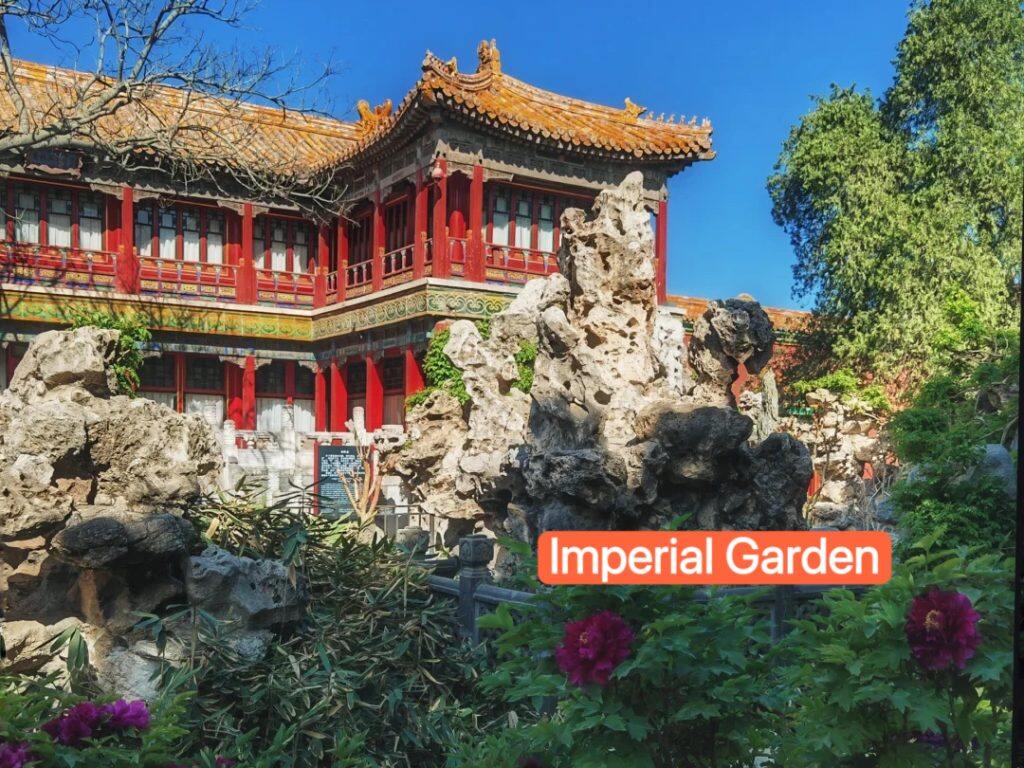
Treasure Gallery
Holds over 2,000 imperial treasures, including jade carvings, gold objects, and silk. Many were gifts to emperors or used in daily life, showing the luxury of royal life in China.
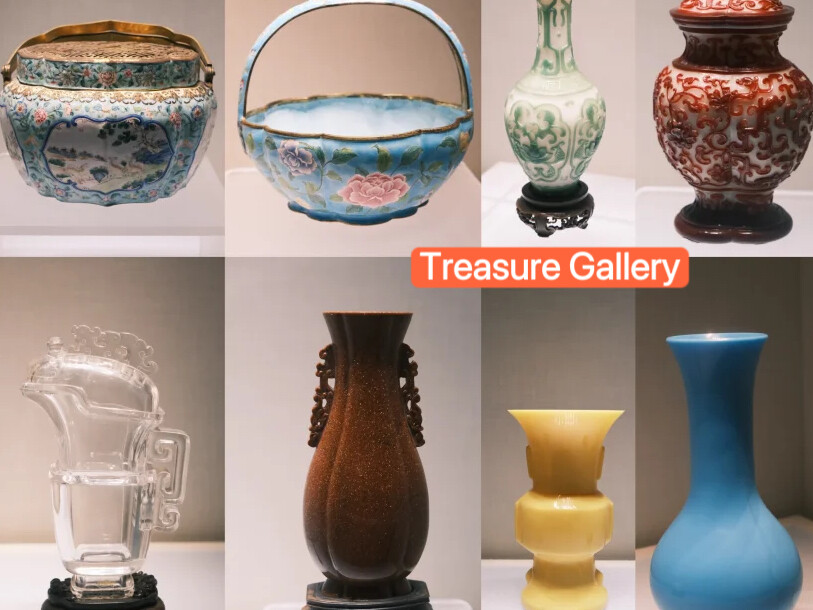
Transportation
🚇Subway: Take Line 1 to Tiananmen East (Exit A) or Tiananmen West (Exit B) Station. Walk 10–15 minutes south to Tiananmen Square, then enter the Forbidden City from the Meridian Gate (south entrance).
🚌Bus: Buses 1, 2, 52, 120 stop at Tiananmen East Station. Walk 5 minutes to Tiananmen Square.
🚕Taxi: Ask to go to “Meridian Gate of the Forbidden City” (Wumen). It’s a well-known spot, so drivers in Beijing know it. Cost from downtown Beijing is around 30–50 RMB (~4.2–6.9 USD).
How to buy tickets on arrival: No on-site tickets. Buy online before your trip via the official channels mentioned above.
Experience & Activities
Guided Tours:
English-speaking tours are available. Book online via the official website or through travel platforms (e.g., Ctrip) 1–3 days in advance.
Cost: 200–300 RMB (~27.8–41.7 USD) per group.
Audio Guides:
Rent at the Meridian Gate for 40 RMB (~5.5 USD) with a passport. They have 40+ languages, including English.
Traditional Music Performances:
Held on weekends in the Hall of Martial Valor. Check the official website for schedules. Free with entry ticket; no need to book, but arrive early for a seat.
Practical Tips & Etiquette
- No smoking, eating, or drinking in the halls (only in designated areas).
- Don’t touch artifacts or climb walls—fines up to 2,000 RMB (~278 USD).
- Queue for security at Tiananmen Square (required to enter the Forbidden City) can take 30+ minutes—arrive by 8:30 am.
- Wear comfortable shoes—you’ll walk 3–4 hours.
- Follow the one-way route: enter via Meridian Gate, exit through North Gate (Shenwumen) or East Gate.
Accommodation (within 3km)
Beijing Hotel NUO
1.2km away. Luxury hotel with historical style.
Price: ~1,500 RMB/night (~208 USD).
Hanting Hotel (Tiananmen Branch)
1.8km away. Budget option with clean rooms.
Price: ~400 RMB/night (~55 USD).
The Peninsula Beijing:
2.5km away. 5-star hotel with great service.
Price: ~2,200 RMB/night (~306 USD).
Motel 168 (Xidan)
2.8km away. Affordable and convenient.
Price: ~300 RMB/night (~41.7 USD).
Food
Inside the Forbidden City:
Small cafes near the North Gate sell noodles (30 RMB/~4.2 USD), bottled water (5 RMB/~0.7 USD), and snacks. Limited options.
Nearby (within 1km):
“Quanjude (Tiananmen Branch)”: Famous for Peking duck. A meal for 2: ~300 RMB (~41.7 USD).
“Da Dong Roast Duck (Wangfujing)”: Another top duck restaurant. Price: ~400 RMB/~55 USD for 2.
Street food near Wangfujing Street: Jianbing (Chinese crepe, 10 RMB/~1.4 USD), stinky tofu (15 RMB/~2.1 USD).

Mike Wang
Mike Wang is a 40-something Chinese travel expert, has explored the world,
hosting numerous foreign visitors. He’s deeply interested in and knowledgeable
about ancient cultural architectures, enriching journeys with his insights.
Essential Beijing Travel Resources
1、Core Beijing Attractions
National Museum Travel Guide for China Trip
The Palace Museum:Your Complete Guide in China
Prince Kung’s Mansion:Your Ultimate China Guide
The Great Wall of China:The Hottest Attraction in China
China Trip Essential:Universal Beijing Resort
2、Must-Stay Beijing Hotels
Beijing’s Top 10 Luxury Hotels:A Ultimate Guide
Beijing’s Top 10 Family-Friendly Hotels:Your Perfect choice
Beijing’s Top 10 Scenic Hotels:Perfect View Stays

